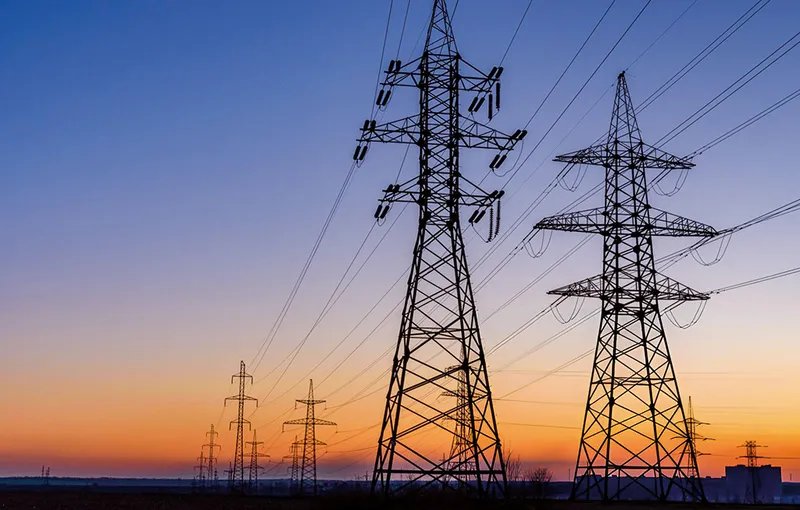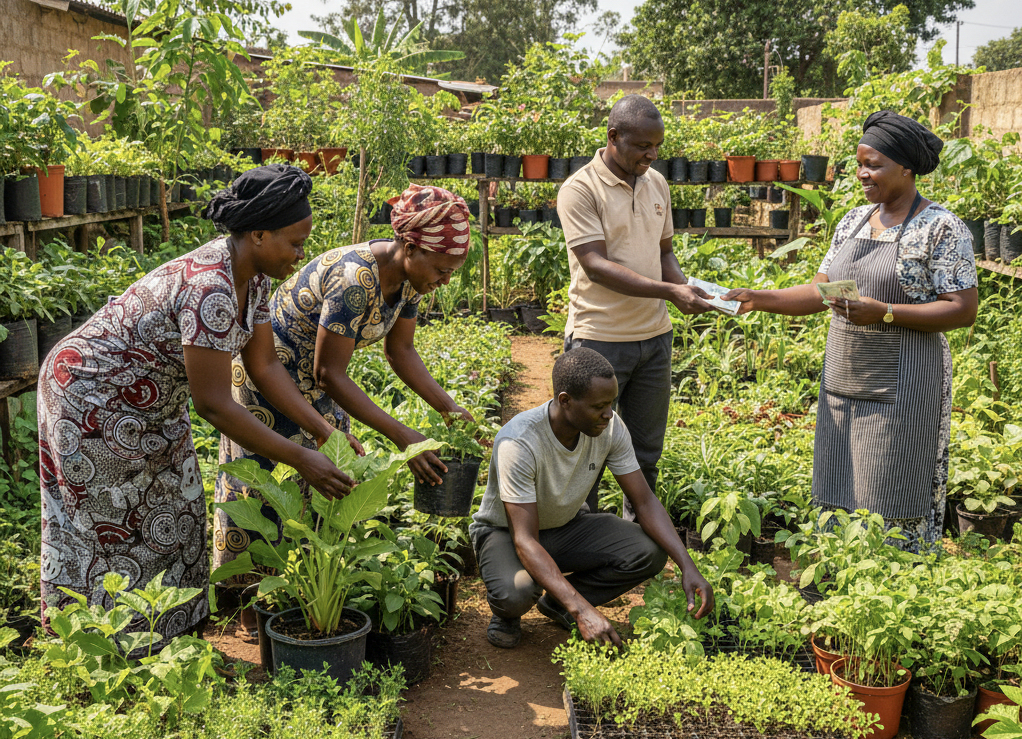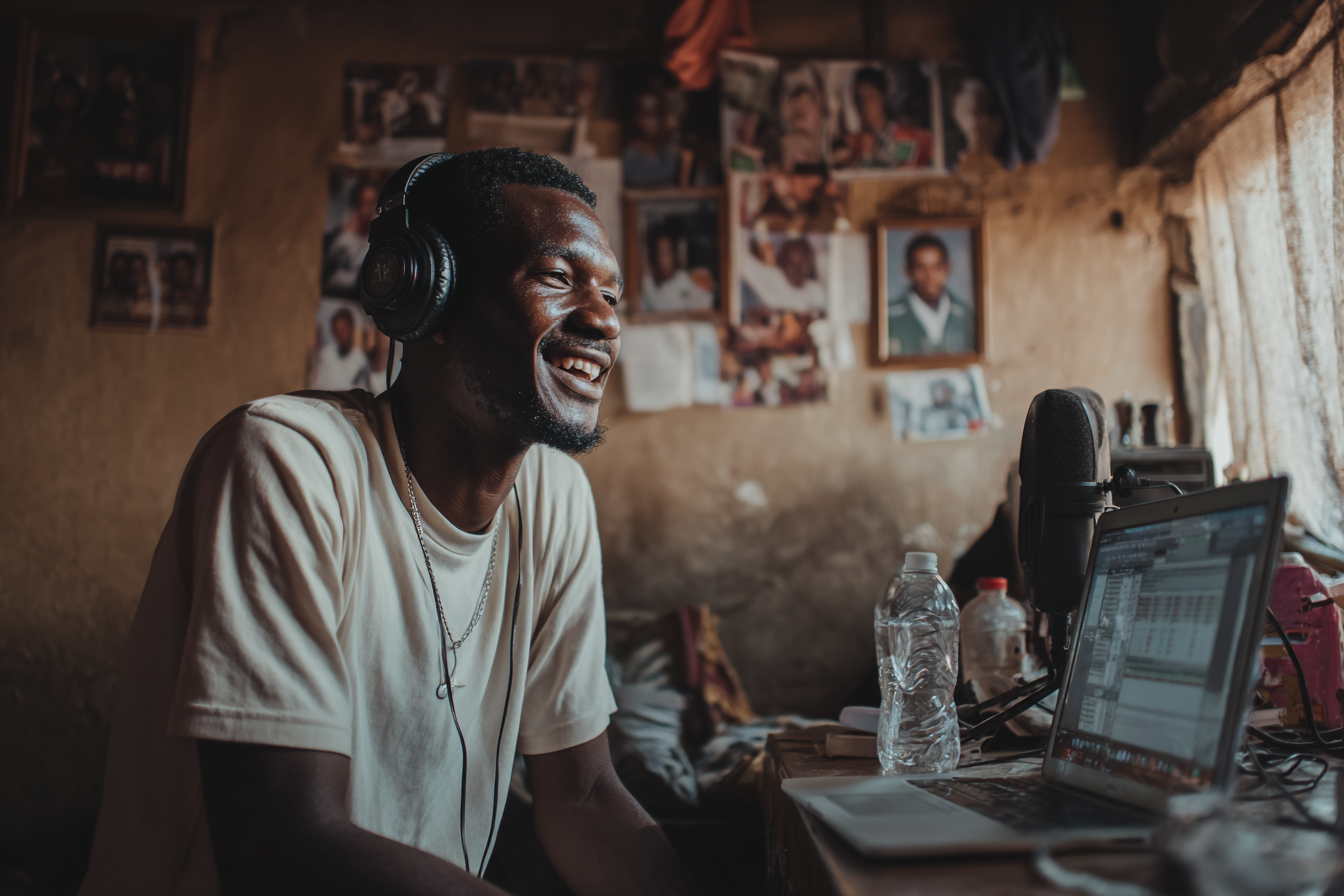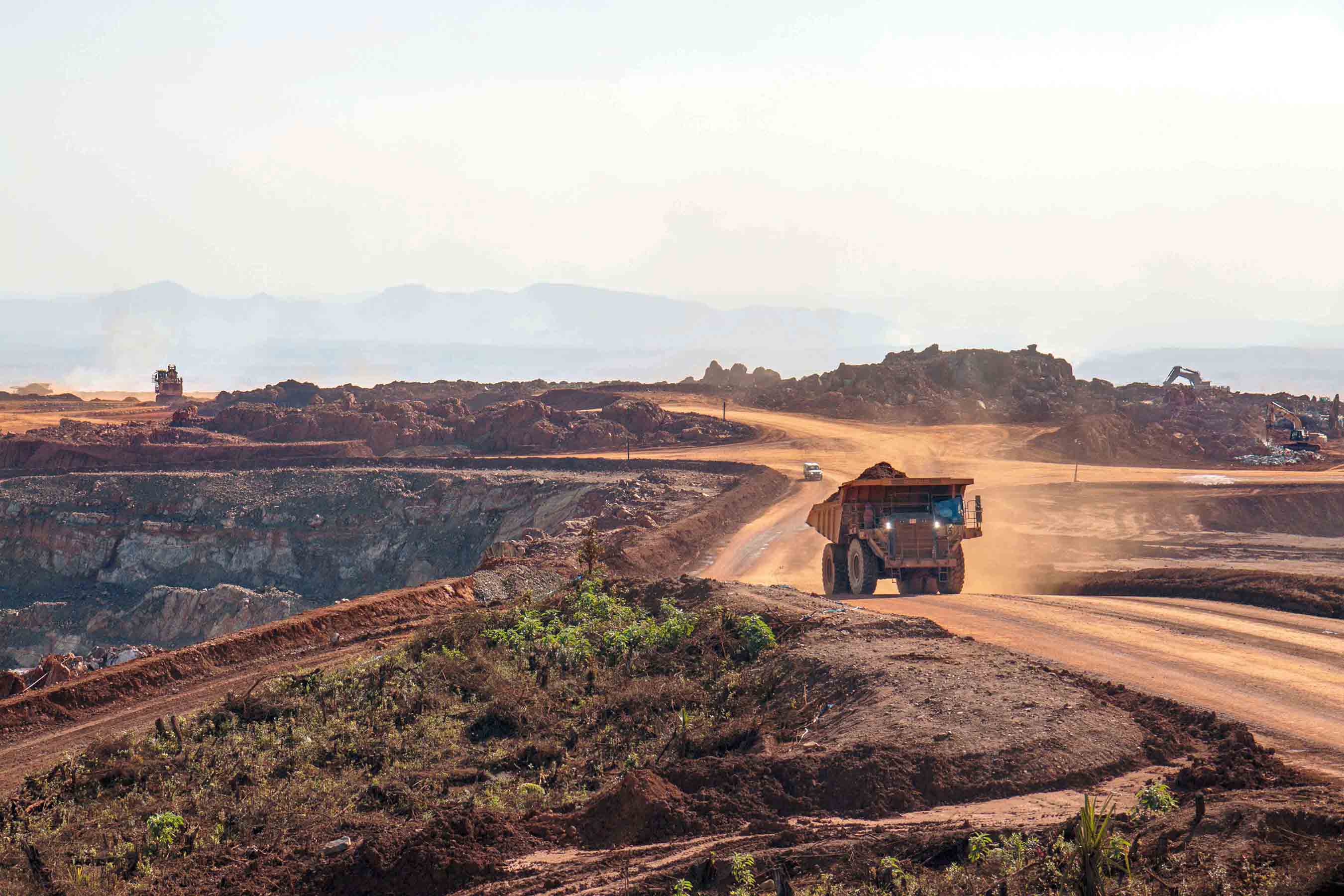We uncover how Zambia's energy crisis and climate change-induced drought in 2024 impact sectors like agriculture, business, and tourism, and discover solutions for a sustainable future.
The Impact of Climate Change on Zambia
Some years are destined to leave a mark on history, and 2024 is one such year. The convergence of multiple disasters, headlined by a climate change-induced drought, has had far-reaching impacts. While the agricultural sector has borne the brunt, its effects are evident across various other sectors of the economy.
From time immemorial, it has been well-known amongst Zambians that the nation possesses the lofty status of proud custodians of over a third ofSouthern Africa’s water reserves, naturally leading to the apparent choice of hydroelectric power generation as the nation’s primary energy source. That is the most prudent strategy when rainfall is average to above average. This position was the norm and offered a sense of security and normalcy, as demonstrated in June 2024 when 83 per cent of Zambia’s 3,356.6 MW of installed electricity generation capacity was supplied by hydroelectric power generation, with the remaining 17 per cent split among coal (9 per cent), heavy fuel oil (5 per cent), and solar (3 per cent). Historically, identifying an alternative to hydroelectric energy on a large scale has never been necessary; as the adage goes, “If it’s not broken, don’t try to fix it.” Cue the unprecedented entrance of the energy sector’s main antagonist, the El Niño Southern Oscillation.
The Energy Crisis and Economic Disruption
With a failed rainy season now part of history, Zambia is experiencing the dire effects of the drought. Electricity rationing is at an all-time high, driving drastic changes in how households and businesses are run. Increased production costs due to the shortage of electrical energy have led to rising prices across the board.
Businesses are scrambling to find power solutions to maintain production and minimise disruptions. Those without financial contingency plans are struggling to manage erratic load-shedding schedules, impacting worker shifts and operational efficiency. Ultimately, these increased costs are passed on to consumers. Many businesses have had to scale down or close entirely, leading to significant job losses.
To contextualise the magnitude of these costs, consider a local entrepreneur in the digital printing and clothing manufacturing business. As one of the first Zambian-owned large-format digital printers, the company enjoyed profitable business with the support of local firms. However, the unpredictable load shedding has forced the owner to purchase a 100KVA diesel-powered generator, costing K5,000 per day in fuel. Attempts to pass these costs onto clients have failed, as they have also entered cost-cutting phases and drastically reduced their marketing budgets to stay afloat and weather the unbudgeted costs. The days of carte blanche marketing budgets are anything if not a distant memory.
Impact on Households and Rising Cost of Living
Households face similar challenges. The rising cost of living is exacerbated by the increased price of charcoal, driven by higher demand and local production bans. According to the Jesuit Centre for Theological Reflection’s Basic Needs and Nutrition Basket (BNNB), as of May 2024, charcoal costs have been rising monthly. Cleaner energy sources like liquid petroleum gas (LPG) have become more expensive. Electricity is needed to pump and weigh LPG refills, and the erratic supply has forced suppliers to invest in backup power solutions, driving up costs for consumers even further.

The Effects on Agriculture and Rural Areas
In rural areas, the impact is even more pronounced. Farmers, reliant on consistent rainfall for their crops, have seen yields plummet. This has led to food shortages and increased prices for staple goods such as maize and vegetables. Communities that once thrived on agriculture are now facing economic instability, with many families needing help to afford basic necessities. The knock-on effect on education is also significant, as children are often pulled from school to help support their families during these challenging times.
The Tourism Sector Feels the Pinch
The tourism sector, a vital part of Zambia’s economy, is neither immune. The natural beauty and wildlife that attract visitors from around the world are at risk due to changing climate conditions. Lower water levels in rivers and lakes affect wildlife habitats and the activities that tourists come to enjoy, such as safaris and boat tours. This decline in tourism affects not only the businesses directly involved but also the broader economy, as fewer visitors mean less revenue and fewer jobs.
What is the Impact of Climate Change on the Cost of Living in Zambia?
The succinct answer is—if an industry uses electricity, there is a cost escalation, and the pinch on the wallet will be a reality. The healthcare sector, for instance, is experiencing increased operational costs due to the need for reliable power to maintain critical services. Hospitals and clinics must invest in backup generators, increasing patient healthcare costs.
Based on current weather, economic, and energy projections, Zambian residents will urgently need to brace for increased turbulence as the water levels in our hydroelectric reservoirs continue to plummet leading up to the dry season. Urgent and drastic strides must be made towards weaning the country off its sole dependence and reliance on good rainfall patterns for energy generation. Those once sceptical about climate change and its impact must now respect this state of affairs as a bona fide game-changer.
The Need for Sustainable Energy Solutions
The government and private sector must work together to mitigate these effects and develop sustainable energy solutions. Investing in renewable energy sources such as solar, wind, and biomass can provide a more stable and reliable energy supply. Additionally, improving energy efficiency and promoting conservation can help reduce overall demand and alleviate some of the pressures on the energy grid.
Education and International Cooperation
Education and awareness campaigns are also crucial. Informing the public about the impacts of climate change and the importance of sustainable practices can drive behavioural changes that contribute to long-term solutions. Encouraging the adoption of energy-saving technologies and practices in homes and businesses can make a significant difference.
International cooperation is equally important. Climate change is a global issue that requires a coordinated response. Zambia can benefit from partnerships with other countries and international organisations to share knowledge, technology, and resources. Collaborative efforts can help build resilience and adapt to the changing climate more effectively.
Navigating a Sustainable Future
The road ahead is challenging, but by taking proactive steps and embracing innovative solutions, Zambia can navigate the impacts of climate change and build a more sustainable future. The experiences of 2024 serve as a powerful reminder of the urgent need for action and the potential for positive change when we work together towards a common goal.








